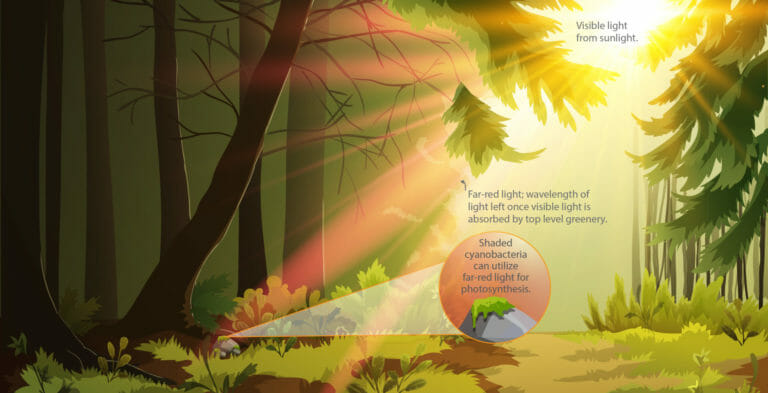New study sheds far-red light on the mysteries of photosynthesis
Applied Structural Discovery

New study sheds far-red light on the mysteries of photosynthesis
Some three billion years ago, tiny organisms known as cyanobacteria helped create an oxygen-rich atmosphere on Earth. Their activities, which continue to the present day, provide an essential ingredient for

Science at the interface: Bioinspired materials reveal useful properties
The design of sophisticated new materials is undergoing brisk technological advancement. Innovations in material science promise transformative improvements in industries ranging from energy to manufacturing. In a new study, researchers

One step closer: Membrane protein structure expressed in Lyme disease could offer therapeutic target
Stories of those afflicted with Lyme disease abound and cases appear to be on the rise. Yet few are aware of the symptoms, severity or cause of this disease, which is notoriously difficult to diagnose and treat. Lyme disease, which is caused by the Borrelia burgdorferi spirochete bacteria, is transmitted from ticks to humans. It represents the most common vector-borne illness in the Northern Hemisphere, and in the United States alone, there are 300,000 cases annually. As the number of cases

Science at the forefront at Biodesign C grand opening
The mission of the Biodesign Institute at Arizona State University started with the desire to replicate a single blade of grass. That’s what President Michael Crow told a crowd of about 450

Smaller, faster, harder: Crystallography with XFELs
Richard Feynman knew a thing or two about biology. He is reported to have said, “Everything that living things do can be understood in terms of the jigglings and wigglings